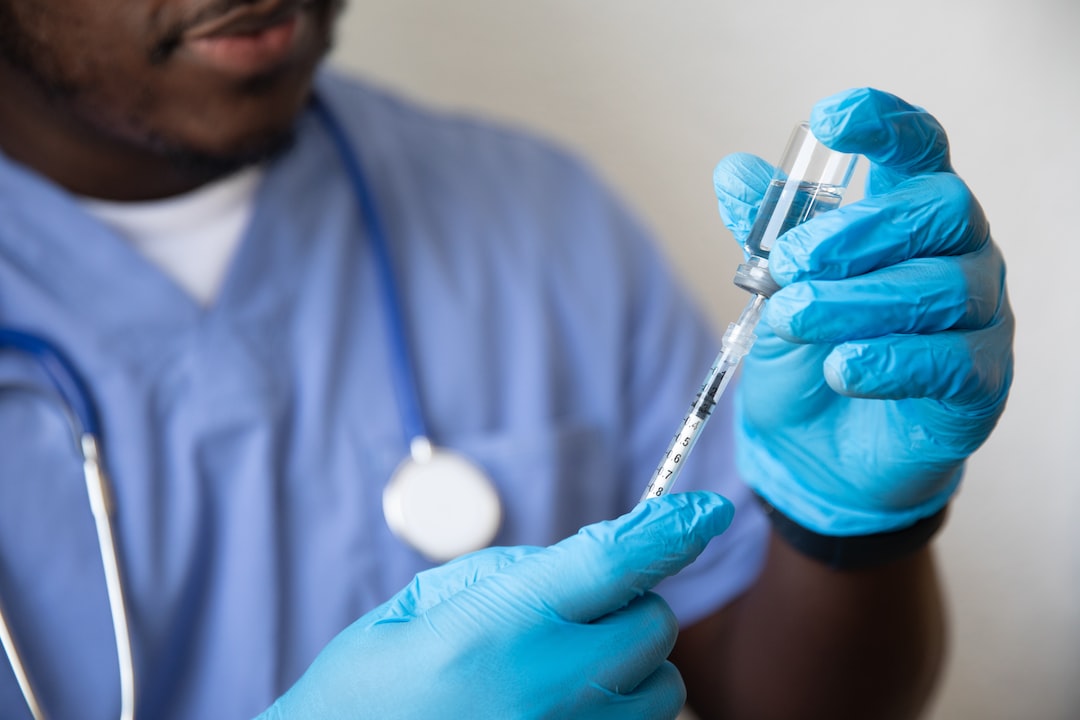Unveiling the Hidden Dangers: Common Veterinary Malpractice Cases
Pets hold an irreplaceable place in our hearts, and when they fall ill or suffer an injury, we rely on veterinarians to provide them with the best possible care. However, just like in any medical field, veterinary malpractice can occur. This occurrence raises concerns about the wellbeing of our beloved pets and highlights the need for understanding the hidden dangers of veterinary malpractice.
One common type of veterinary malpractice arises from misdiagnosis or delayed diagnosis. Veterinarians are responsible for observing and interpreting the symptoms displayed by animals accurately. Failure to diagnose a condition in a timely manner can lead to significant harm to the animal and worsen the prognosis. From diseases such as cancer to lesser-known conditions, a misdiagnosis can have severe consequences on an animal’s health and, in some cases, even lead to death.
Another form of veterinary malpractice is surgical errors. While surgical procedures are meant to improve an animal’s condition, mistakes during surgery can gravely harm them. These errors can include improper anesthesia administration, accidental damage to vital organs, or even leaving foreign objects inside the animal’s body. Such negligence can lead to unnecessary suffering, infections, and prolonged recovery times for the affected animals.
Medication errors are also a common veterinary malpractice case. Administering incorrect dosages or prescribing the wrong medication can have catastrophic effects on an animal’s health. Overmedication or undermedication can lead to dire consequences, including severe organ damage or even overdose. Additionally, failing to properly monitor an animal’s reaction to medication can exacerbate their condition or cause additional health issues.
Communication breakdown is another factor that contributes to veterinary malpractice. Lack of effective communication between veterinarians and pet owners can result in misunderstandings, oversight of vital details, or failure to convey important information about an animal’s condition. Poor communication can lead to wrong treatments, unnecessary procedures, or overlooked warning signs, all of which can have detrimental effects on the animal’s health.
To protect our pets and prevent veterinary malpractice, it is crucial to be proactive. Before entrusting our pets to a veterinarian, conducting thorough research and verifying their credentials is essential. Additionally, maintaining a clear channel of communication with the veterinarian is vital to ensure that any treatment plans, diagnoses, and medications are clearly understood. If any doubt arises, seeking a second opinion from another reliable veterinary professional can provide reassurance and prevent potential malpractice.
In conclusion, veterinary malpractice cases exist and pose hidden dangers to our beloved pets. Misdiagnosis or delayed diagnosis, surgical errors, medication errors, and communication breakdown are just a few examples of the potential dangers. By being informed, vigilant, and proactive, we can protect our pets and ensure they receive the quality care they deserve while avoiding any veterinary malpractice situations.
************
Want to get more details?
StellaPawsitiveChng
https://www.stellapawsitivechange.org/
A personal site dedicated to cat, Stella, who was taken from me due to veterinary malpractice.

